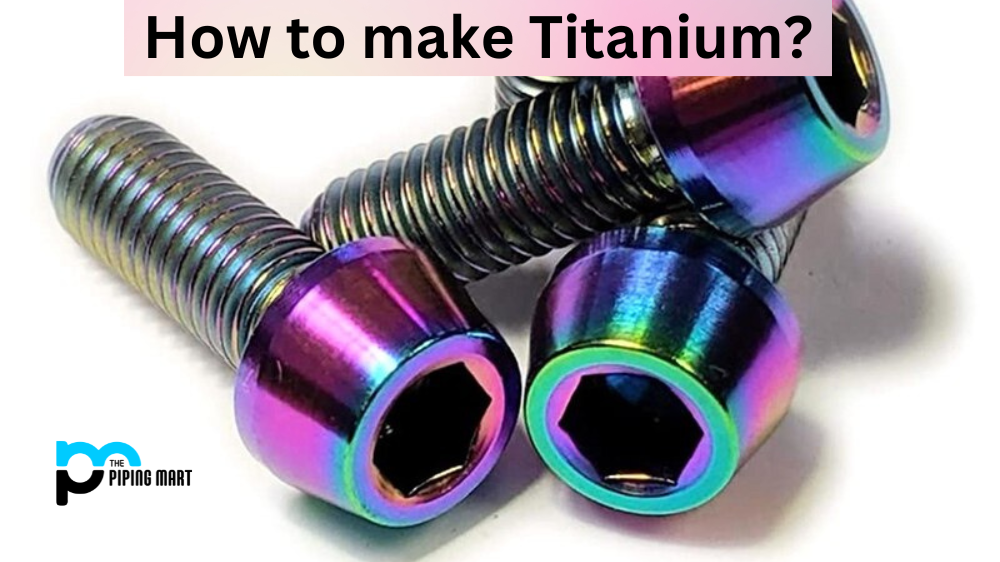Titanium is a lightweight and strong metal that is becoming increasingly popular in industries such as aerospace, medical, and automotive. But have you ever wondered how Titanium is made? Let’s take a look at the process.
Process of Making Titanium
Begins with mining rutile ore; this ore contains titanium dioxide, which is then processed into titanium tetrachloride (TiCl4). This compound is then reacted with magnesium to form a titanium sponge. The titanium sponge is melted at high temperatures to form ingots. The ingots are formed through vacuum arc remelting or electron beam melting, which involves melting the material using an electric current or electron beam gun, respectively. The ingot is then rolled or forged into slabs, billets, or bars, depending on the desired shape.
The final step involves further processing, such as heat treatment or surface finishing, to create a product that meets customer requirements. Heat treatment involves heating and cooling the material under specific temperature conditions in order to manipulate its properties for specific applications. Surface finishing processes such as grinding and polishing can be used to give the product a smooth finish.
Conclusion:
Making Titanium requires several steps, including mining rutile ore, processing it into titanium tetrachloride, forming it into an ingot, rolling and forging it into shape, and then heat treating and finishing it for its intended use. In summary, this complex process produces titanium products with exceptional strength-to-weight ratios that are ideal for many applications, including aerospace engineering, medical implants, and automotive parts manufacturing. With its superior characteristics compared to other metals, it’s easy to see why Titanium has become so popular in recent years!

Hey, I’m Krutik, a casual blogger expert in the metal industry. I am passionate about providing valuable information to my readers. With a background in engineering and construction, I like playing Cricket & watching Netflix shows in my free time. Thank you for visiting my blog, and I hope you find my information helpful!




